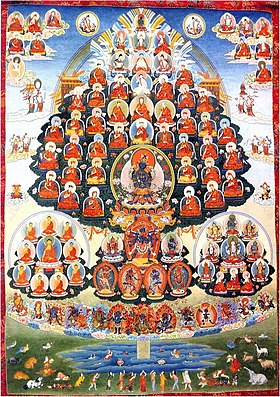1. Meditation Posture - I have been using siddhasana with right heel pressing on perineum and arms crossed over chest, tongue back to throat, eyes upward. Due to circulation I had left the left foot in front of the right leg but now I have correctly pressed it against my right inner thigh. With both feet pressing against thighs and foot chakras open, downflowing energy moves back upwards causing much more ingense and balanced energy in the body core, trunk. Arms crodsed over chest push energy up through chest and neck to head. Tongue does this inside throat.
2. Tai chi. Last year I started extending my splits in yoga further but now I am doing this deepening, lowering of stance in tai chi. The energy flows more efficciently. This helps to translate static energy in yoga, meditation into daily motion when I work and improves flexibility in action where I bend and crouch a lot.
3. Reading Savitri - I had gotten used to getting a strong energetic buzz by reading Sri Aurobindo' s epic poem. I noticed looking at his photo on the cover that I now get a huge surge of energy like from Babaji. This is like darshan I guess. Never been to a guru' s ashram or cave so how else am I going to deepen my practice?
13 yr old tai chi champion
Guru yoga
In Vajrayana, guru yoga (Tib: bla ma'i rnal 'byor) is a tantric devotional practice in which the practitioner unites their mindstream with the mindstream of the body, speech, and mind of their guru.[1] Guru yoga is akin to deity yoga since the guru (who can be a Buddha, a historical figure like Padmasambhava, or a living person) is visualized in the same manner as with a meditational deity. The process of guru yoga may entail visualization of a refuge tree as an invocation of the lineage, with the 'root guru' channeling the blessings of the entire lineage to the practitioner. The guru may be visualized as above the meditator, in front of them, or in their heart. Guru yoga may also include a liturgy, prayer, or mantra, such as the "Seven Line Prayer" of Padmasambhava, or the "Migtsema" (a prayer to Je Tsongkhapa).[2]

Background
As in other Buddhist traditions, an attitude of reverence for the teacher, or guru, is highly prized.[a] A guru or lama is seen as an essential guide during tantric practice. Without the guru's example, blessings, and guidance, genuine progress in tantra is held to be impossible for all but the most keen and gifted.[citation needed] One particular feature of the Tantric view of teacher student relationship is that in Tibetan Buddhist tantra, one is instructed to regard one's guru as an awakened Buddha.[3]
At the beginning of a public teaching, a lama will do prostrations to the throne on which he will teach due to its symbolism, or to an image of the Buddha behind that throne, then students will do prostrations to the lama after he is seated. Merit accrues when one's interactions with the teacher are imbued with such reverence in the form of guru devotion, a code of practices governing them that derives from Indian sources.[b] By such things as avoiding disturbance to the peace of mind of one's teacher, and wholeheartedly following his prescriptions, much merit accrues and this can significantly help improve one's practice.[citation
Keine Kommentare:
Kommentar veröffentlichen